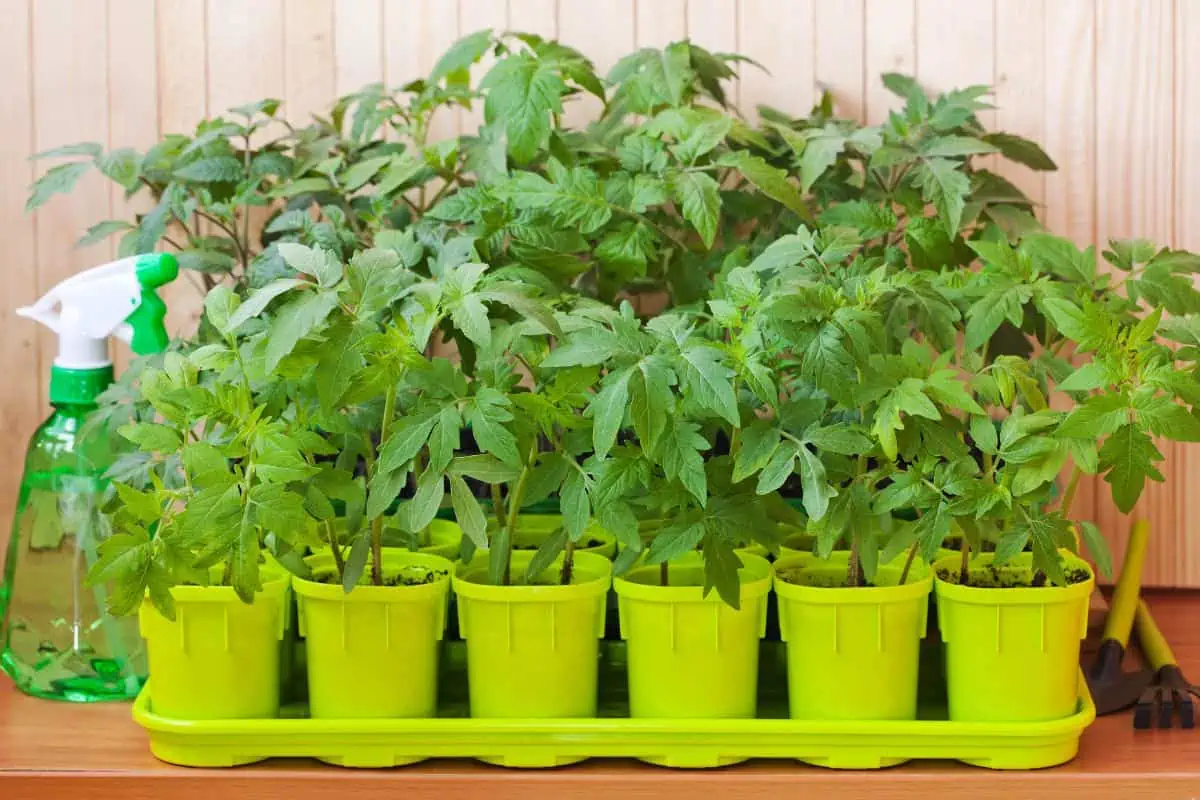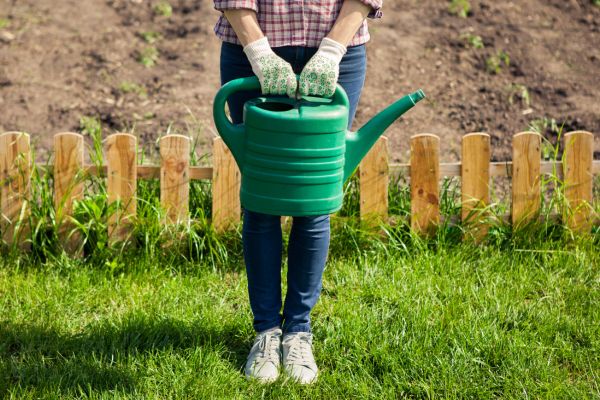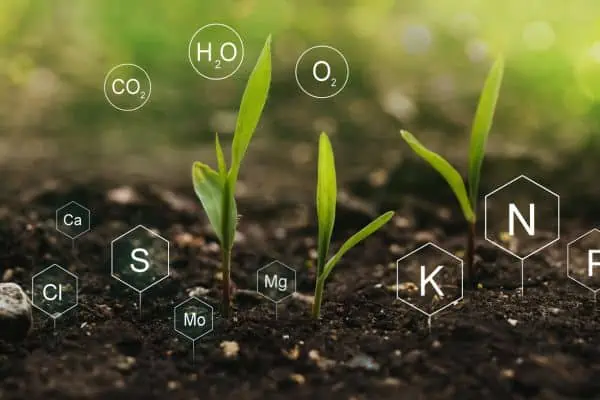People often grow tomatoes in pots, and for a good reason. They’re easy to care for and can produce a bountiful harvest in a small space. But you might have problems with tomato plants in pots as well. From pests to diseases, there are several issues that can arise when growing tomatoes in pots.
In this article, we’ll look more closely at the most common problems that can happen to these potted plants and give you some tips on how to avoid and deal with them.
Do tomato plants do well in pots?
Tomato plants can do well in pots and containers as long as they have sufficient space, soil, water, and sunlight. It is important to choose a pot or container that is at least 18 inches deep and wide to provide enough room for the plant to grow and develop a healthy root system.
Additionally, the soil in the container should be nutrient-rich and well-draining, and the plant should receive at least 6-8 hours of direct sunlight per day. Regular watering is also essential to keep the soil moist but not waterlogged.
With proper care, tomato plants can thrive in containers, making them a great option for those who may not have access to a traditional garden plot or who have limited space.
6 Problems with tomato plants in pots
1. Wrong size of pots
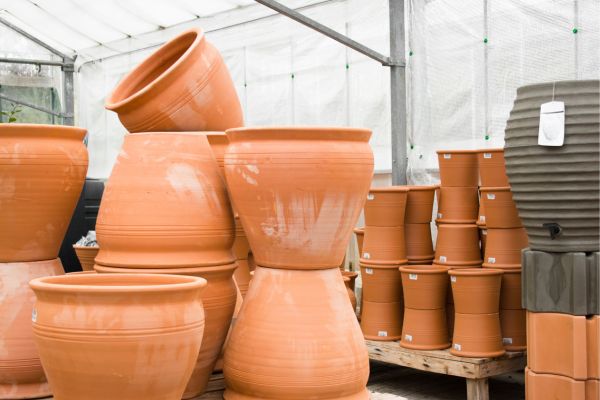
One of the main problems with growing tomato plants in pots is that people often use pots that are the wrong size. If the pot is too small, the roots of the tomato plant won’t have enough room to grow and spread.
This can cause the plant to grow slowly, make it produce less, and even kill it. So, it’s important to choose the right pot size for the tomato plant based on how big the plant is and what kind of tomato it is.
By choosing the right size pots, the tomato plant will have enough room to grow and thrive, leading to more tomatoes and healthier plants.
2. Inconsistent watering
The growth and yield of tomato plants in pots can greatly affect how often you water them. If tomato plants aren’t watered consistently, they’re more susceptible to blossom end rot, split tomatoes, and stressed plants. When plants get too much water or inconsistent watering, the soil can get soggy, and the leaves can get blisters that can make them fall off.
It’s important to regularly and consistently water tomato plants in pots to ensure they get enough water. The best way to water tomato plants in pots is to water them deeply, which means that the water should soak into the soil all the way to the bottom of the pot.
This will encourage the roots to grow deeper and make a stronger root system. Watering should be done in the morning when the temperature is cooler, and the sun isn’t as strong. This will give the soil and plant time to soak up the water before the heat of the day makes it evaporate.
3. Lack of nutrients
Tomato plants in pots often often don’t grow well because they don’t get enough nutrients. When tomato plants don’t get enough essential nutrients, they may grow slowly, get yellow leaves, and have trouble setting fruit. Nitrogen, phosphorus, and potassium are the three main macronutrients that tomato plants need.
Nitrogen is needed for stems and leaves to grow, phosphorus is needed for roots to grow and produce fruit, and potassium is needed for overall plant health and to keep plants from getting sick.
To keep tomato plants in pots from not getting enough nutrients, make sure to fertilize them with a balanced, water-soluble fertilizer. Once the plant starts to flower, switch to a high-potassium fertilizer to help it keep flowering and keep it from withering.
In addition to using a balanced fertilizer, using compost or other organic matter can help improve the soil’s fertility and nutrient availability. By giving tomato plants the nutrients they need, they’ll grow healthier, make more fruit, and be less susceptible to pests and diseases.
4. Insufficient sunlight
Tomatoes in pots can have trouble growing if they don’t get enough sunlight because they need a lot of sunshine to grow well. Tomato plants need at least 6 to 8 hours of direct sunlight daily to grow and produce fruit.
Some gardeners might not notice that their tomatoes aren’t getting enough sun even though they’re outside, and others might not notice that they’re already getting too much sun. Too much sun can also hurt tomato plants and their fruits. If you want to grow them indoors, make sure to give them enough artificial light to stay healthy.
5. Pests
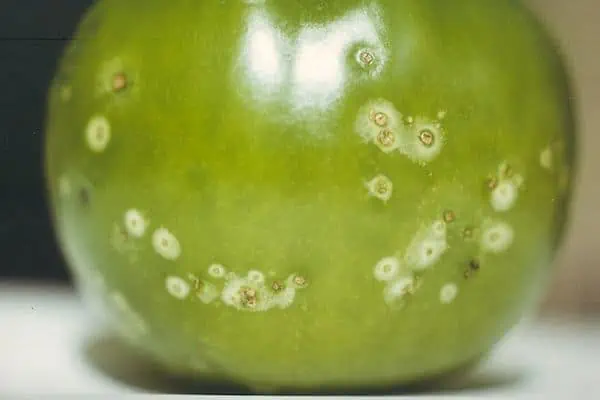
Many gardeners like to grow tomatoes in pots, but they’re vulnerable to a wide range of pests. Pests like these can do a lot of damage to the plant.
Nematodes and hornworms are some of the most common pests that attack tomatoes in pots. These pests eat the plant’s leaves, stems, and fruit, which causes them to change color, wilt, and become misshapen.
To keep these pests from getting into your potted tomatoes, you should check your plants often and take steps to eliminate the problem. This can include using natural remedies and ensuring your plants have good airflow. By keeping an eye on your potted tomatoes and taking steps to protect them, you can ensure you get a healthy and plentiful harvest.
6. Diseases
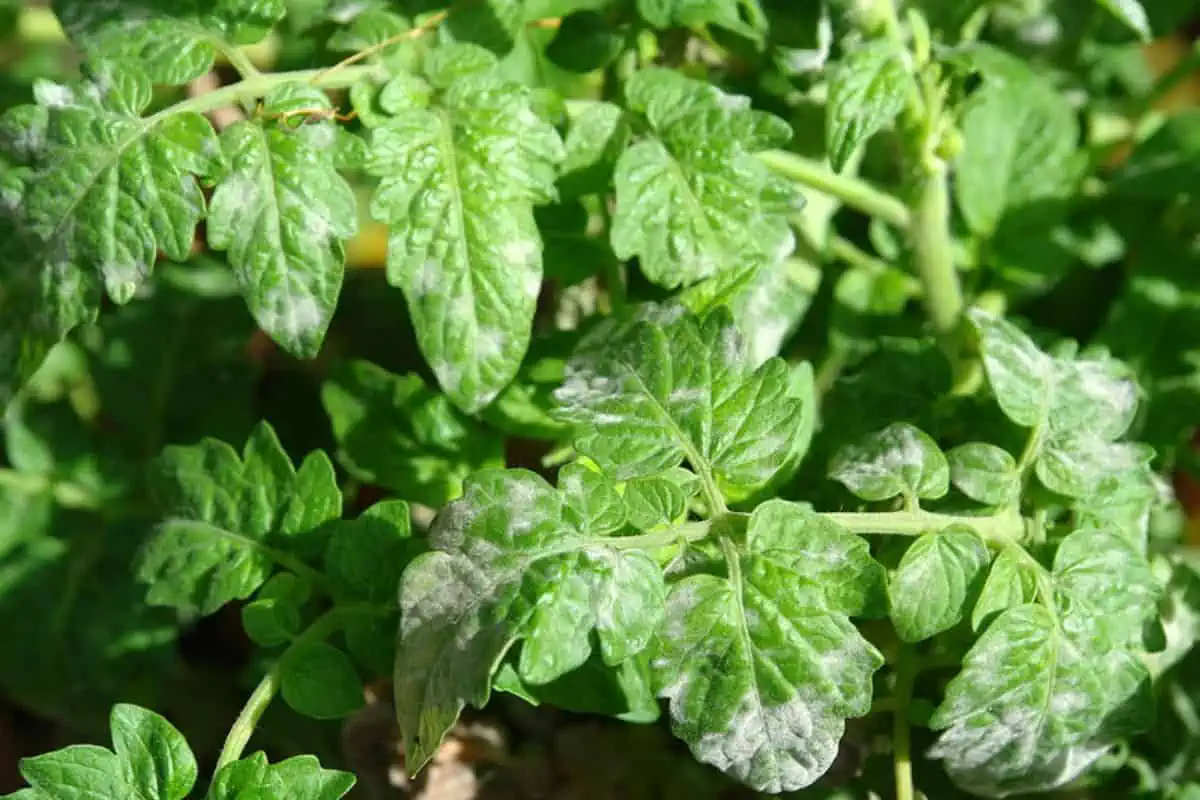
Many diseases can affect tomatoes in pots, but the most common ones are:
- Early blight: Early blight is caused by the fungi Alternaria tomatophila and Alternaria solani. It causes dark spots and can even infect the fruits.
- Late blight: Late blight is caused by the oomycete pathogen and manifests itself as irregularly shaped leaves and light brown lesions anywhere on the plant.
- Powdery mildew: The fungus Oidium neolycopersici causes powdery mildew, which is easily spread by the wind. High humidity causes this disease to spread.
It can be hard to keep diseases from spreading in potted tomatoes, but if you take the right steps, you can control and stop the spread of diseases. For example, with the help of some essential gardening tools, you can properly prune your plants to promote healthy growth, remove any diseased plant material as soon as you see it to stop the spread of disease, and don’t overwater to keep the leaves from staying wet for long periods.
Tips for taking care of tomato plants in containers
1. Choose the right container
Use a container that is at least 18 inches deep and wide to provide enough space for the tomato plant to grow. The container should have drainage holes at the bottom to prevent waterlogging and root rot. The larger the container, the better as it provides more room for the roots to grow and develop.
2. Use the right soil
Use a high-quality potting mix that is nutrient-rich and well-draining. Avoid using garden soil, which can be too heavy and compact for potted plants. The potting mix should be well-aerated, loose, and have good water retention properties to ensure that the plant gets the necessary nutrients and moisture.
3. Water regularly
Keep the soil moist but not waterlogged. Tomatoes need regular watering, especially during hot and dry weather. Water deeply at least once a week and more frequently during heat waves.
4. Fertilization
Use a balanced fertilizer, such as Miracle-Gro, according to the package instructions. Tomato plants in pots require regular fertilization to ensure healthy growth and fruit development.
5. Support
Use stakes or cages to provide support and prevent the plant from falling over. Tomato plants can become heavy and topple over when the fruit begins to develop.
6. Pruning
Remove any suckers that develop in the crotch between the stem and branches to help increase air circulation and reduce the risk of disease.
7. Pest and Disease Control
Regularly inspect your tomato plant for pests and diseases, such as aphids, whiteflies, and fungal infections. Use organic pest control methods or insecticides if necessary.
